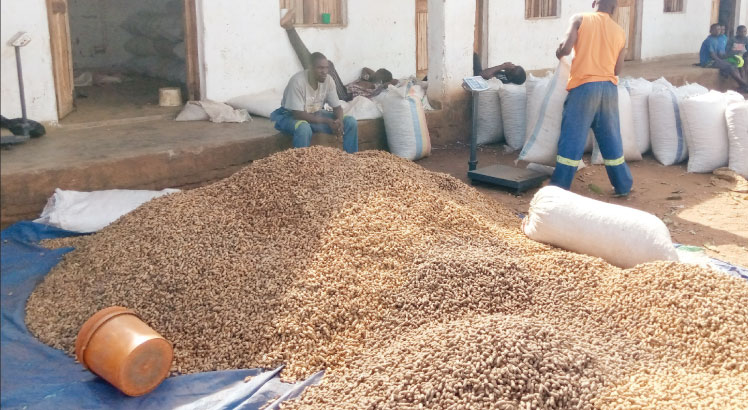Zomba has highest CPI—NSO
 A National Statistical Office (NSO) latest bulletin has rated Zomba as the expensive of all Malawi’s four cities with a consumer price index (CPI) rate of 27.4 percent.
A National Statistical Office (NSO) latest bulletin has rated Zomba as the expensive of all Malawi’s four cities with a consumer price index (CPI) rate of 27.4 percent.
This signals that prices of goods and services in the old capital rise at a faster pace.
Trailing Zomba is Blantyre with a CPI rate of 26.5 percent, Mzuzu 25.7 percent and Lilongwe at 23.4 percent, according to the bulletin.
CPI, according to NSO, measures changes over time in the general level of prices of goods and services that households acquire, (use or pay for) for the purpose of consumption.
“The consumer price indices produced by the NSO are the main measures of inflation in Malawi. The current Malawian CPI compares the current month prices of consumption goods and services to the corresponding prices of the year 2000,†says the Zomba-based statistical organisation, in its CPI dashboard.
But last year at the same time, Blantyre was rated the city with the highest CPI at 26.7 percent trailed by Lilongwe at 22.8 percent, Zomba at 20.7 percent and Mzuzu at 17.6 percent.
In September, the NSO put Malawi’s year-on-year headline inflation at 28.3 percent, a 2.8 percentage points increase from 25.5 percent the month before fueled by a rise in food prices.
In the month, food inflation jumped by 27.7 percent compared to 2.7 percent during the same period last year.
The rise in inflation means that consumers’ purchasing power will continue to dwindle at a time the cost of living is also rising to unsustainable levels owing the ravaging effects of nearly 50 percent devaluation of the kwacha and its subsequent floatation in May this year, resulting in the continuous weakening of the local unit; hence, fuelling imported inflation.
An official from NSO said on Tuesday the rate in Zomba is largely pushed up by the cost of transportation.
 “The basic reason could be that in Blantyre and Lilongwe, it is where most of the manufacturing industries are based. This means that most of the goods originate from these cities.
“And, because of the transportation cost to move the goods to either Zomba or Mzuzu, the consumer price inflation rates tend to be very high,†said official, adding that the shortage of the staple grain, maize could also be pushing CPI to higher levels.
He, however, noted that Blantyre is trailing Zomba because maize prices in the city have also shot to the roof being a commercial city.
Chancellor college professor of economics Ben Kaluwa agreed with the NSO findings saying people of Zomba pay the cost of having no major manufacturing industries.
Malawi’s inflation is largely moved by the cost of food, particularly maize, which contributes about 58.1 percent to the CPI— a measure that examines the weighted average of prices of a basket of consumer goods and services.
In the CPI, housing contributes 12.1 percent, clothing and footwear 8.5 percent, beverages and tobacco 5.9 percent, transportation 5.1 percent, household operation 4.1 percent and others 6.2 percent.





